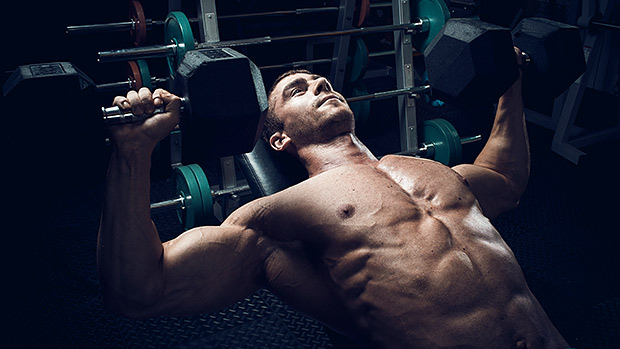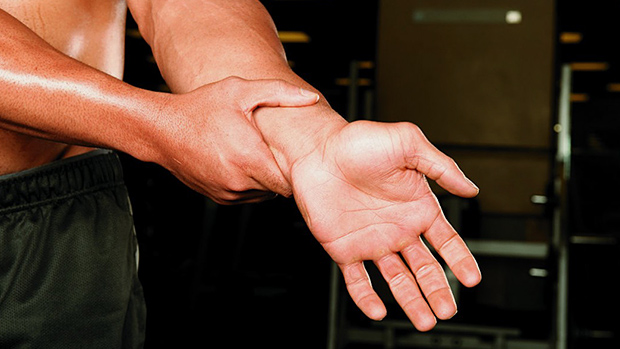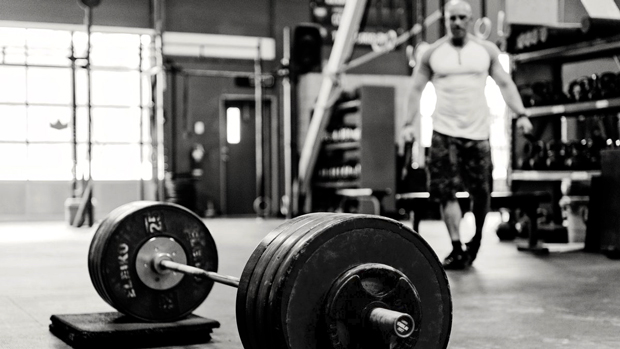For years, I've been hearing trainers tell people that the best exercise is the one they tend to avoid.
I heard it so many times that I started to believe it was true. I never liked front squats because they're uncomfortable as hell, but I kept trying them because, well, I hated them. So they must be good for me. Same thing with hip thrusts. I feel them everywhere except my glutes, but gosh-darn it, I needed to do them because I tended to avoid them.
Despite my efforts, I never made much progress on either of those movements.
I eventually grew to see that it was all, to a large degree, happy horseshit. The notion that the best exercise is the one you're not doing is just another gym version of an old wives' tale, like how you shouldn't sit on the edge of a cold wall because you'll get piles.
Well, Ma, or whoever first told me that, I've safely sat on plenty of cold walls and never got piles, and I now know that all that time spent trying to master front squats and glute thrusts would have been better spent doing exercises that l liked, that let me get into a groove and just felt right.
And a new study seems to confirm just that. Lifters, even experienced ones, gain more muscle and strength when they, instead of following some program to the letter, choose to do exercises they actually like.
A team of researchers from Florida and Brazil recruited 32 lifters, each of whom was able to squat at least 1.75 times their bodyweight and bench 1.3 times their bodyweight. All were required to maintain a protein intake of at least 1.5 grams per kilogram.
The groups were split into two and each was required to participate in a sophisticated workout program for 9 weeks. They worked out three days a week and did six different exercises per workout, with 90-120 seconds of rest in-between sets.
They followed an undulating periodization model where Day 1 consisted of sets of 6-8RM, Day 2 consisted of sets of 12-14RM, and Day 3 consisted of sets of 18-20RM.
Their training was divided into three mesocycles:
- Mesocycle 1: 4 sets per exercise
- Mesocycle 2: 5 sets per exercise
- Mesocycle 3: 6 sets per compound exercise and 5 sets per accessory exercise.
Certified strength and conditioning specialists supervised each workout.
Now here's the rub: One group was a "fixed exercise selection" group. They were handed workout sheets with six pre-determined exercises. This is sort of the weightlifting equivalent of going to Nana's house on Sunday and having to eat what the old bat feeds you, shellfish allergies be damned.
The second group, however, was the "auto-regulatory exercise selection" group. They were each given a workout sheet from which they got to choose one exercise per muscle group. Instead of going to Nana's and having to eat what she plopped on your plate, it was like going to a Chinese restaurant and getting to order a couple of items from Column A and some from Column B.

The lifters who were force-fed their exercises gained 0.98 kilograms (1.96 pounds) while the lifters who got to choose their exercises gained 1.6 kilograms (3.68 pounds). That means the "free range" lifters gained about 60% more muscle mass than the programmed lifters.
The free-range lifters also made significant progress on their bench press strength, whereas the bench press strength of the programmed lifters stayed about the same.
It’s hard to figure out whether the differences between the groups were psychological or physiological. It does stand to reason that, psychologically, you're more likely to attack exercises you actually like more than ones you don't like.
After all, if you task a stable hand with shoveling shit out of a stall, he's more likely to do a top-notch job if he actually likes shoveling shit out of a stall. This enthusiasm alone could translate into muscle growth.
Okay, a tortured analogy, but you get my point.
Conversely, it's also not hard to believe that it has to do with your own physiology. You're (provided you're an experienced lifter) the best judge of what exercises work your body in the most efficient, muscle-building way, not some douche wearing a Polo shirt and carrying a clipboard.
You might have a tiny, Quasimodo torso with femurs the length of fence posts and dammit, front squats just don't feel right. No matter how many you do or how long you do them or how stridently some coach says you should include them in your workouts, they're unlikely to turn into a moneymaker for you.
So, regardless of the reason, this research might make you think twice about listening to the old bodybuilding adage, "the best exercise is the one you're not doing."
- Rauch, J.T., et al. "Auto-regulated exercise selection training regimen produces small increases in lean body mass and maximal strength adaptations in strength-trained individuals," The Journal of Strength and Conditioning Research, 2017, Oct. 7.




